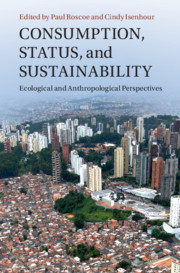In recent years, meat production and consumption has become a topic of intense debate for environmental, animal welfare and health reasons. Research on more sustainable alternatives to meat production has increased. Our goal is to gain insight into the purchase of meat from transhumance livestock and to explore the main factors driving this process. This type of meat is more respectful towards the environment and animal welfare, provides financial stability for many rural families and helps preserve an activity that is part of the cultural heritage in rural areas. From a methodological point of view, we have adopted the theoretical alphabet theory model proposed by Zepeda and Deal in 2009 to explain sustainable purchase behavior. For this purpose, we created two different models, one for lamb meat and one for beef meat. The data come from an online survey of Spanish meat consumers. We applied a structural equation modeling technique to test the suggested model and hypothesis. The results allow us to conclude that the alphabet theory is a suitable theory for our data. The level of knowledge on transhumance and contextual factors, such as the content of fat or the type of meat, impact the creation of attitudes towards this type of livestock farming, but demographic variables do not. In both models, buying meat with a designation of origin and buying meat at specialty retailers are habits that positively influence purchase intention. Our results are highly relevant to help meat of transhumant origin reach the markets and to differentiate it from other products.


